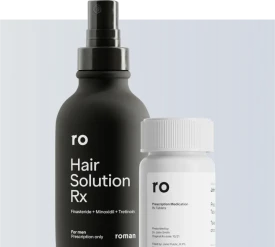High-earning professionals, particularly in the field of dermatology, often face unique financial challenges and risks, making disability insurance an essential consideration. It's not just about safeguarding personal income; it's also about ensuring the stability of one's practice and responsibilities towards employees and patients. Recent studies indicate that professionals in high-income brackets, including dermatologists, are significantly more likely to underestimate the potential financial impact of a disabling injury or illness. With "over 25% of today's 20-year-olds expected to become disabled before they retire," according to the Social Security Administration, the importance of comprehensive disability insurance cannot be overstated, especially for those in high-stress, high-liability fields like dermatology.
For dermatologists, the risk isn't just physical injury but also conditions related to chronic stress or mental health issues that can impair the ability to work. This underscores the need for detailed disability insurance plans that not only cover traditional disabilities but also account for mental health and other non-physical conditions. A 2018 American Medical Association report emphasized that "mental and nervous health conditions are a leading cause of disability, yet many professional disability policies do not adequately cover these issues." Dermatology professionals should seek policies that provide broad coverage, including for mental health issues, to ensure full protection.
Given the high earning potential in dermatology, standard disability insurance policies may not provide sufficient coverage. The discrepancy often lies in the policy’s definition of "disability" and its coverage cap. Many policies cap benefits at a level that may be inadequate for dermatologists, considering their specific financial obligations and lifestyle. For instance, "a study by the Council for Disability Awareness found that the average disability policy replaces only up to 60% of your income," which could leave high earners with a significant shortfall. High earners should look for policies that offer "own occupation" coverage, ensuring they are compensated if they can no longer perform the specialized tasks of their profession.
To adequately protect their income and professional practice, dermatologists and other high-earning individuals must consider the nuances of disability insurance policies. It is vital to understand the specific terms and conditions, such as the definition of disability, benefit periods, and coverage limits. Seeking expert advice and comparing quotes from multiple insurers can provide the necessary perspective to choose the best coverage. Remember, the goal is not just to replace income, but to maintain your standard of living and professional responsibilities should you face an unexpected disability.

